When it comes to developing better looking sharpeis, none of the sharpei features can eclipse the importance of the wrinkles. These adorable bunches are plentiful all over the young puppy, giving it instant charm and comic appeal.
This very photogenic look makes the breed's puppies a favorite subject and target for photographers worldwide, and this practically lead to surprise from many people when they are informed of the breed's actual adult dog size. In an adult, the wrinkling is limited to the face, plus four or five rolls on the shoulder (these can actually be counted!).
But there is more to sharpeis aside from their wrinkles and adorable facial features. They are first of all a devoted and protective member of the family, and take plenty of time warming up to somebody outside their circle of family (or pack, if you will). The sharpei is also surprisingly capable of a sensitivity that is nearly close to that of the ultra-sweet sheltie.
Sadly, this breed's downside is aggression, which turns up in improperly bred, selected and reared shar-pei, echoing the dark days of the breed as recreational fighting dogs. This aggression is markedly manifest when the sharpei is with other dogs or around small animals.
While the sharpei puppy will shed most of those puppy cuteness as it matures, fans of the breed nevertheless find the adult to be a strikingly beautiful dog. The AKC standard aims that the correct sharpei be 揳n alert dignified active compact dog... the well proportioned head slightly but not overly large for the body. "Then the features peculiar to the breed are cited: "the short, harsh coat, the loose skin covering the head and the body, the small ears, the 慼ippopotamus?muzzle shape and the high set tail."
The Chinese standard, true to its centuries-old inspirations, is more eloquent and poetic in setting ideals, describing the shar-pei as having "clamshell ears, butterfly nose, melon-shaped head, grandmotherly face, water-buffalo neck, horse抯 buttocks and dragon抯 legs."
But there's nothing less to expect from the result of 2000 years of breeding, plus roughly half a century of expert efforts to revive scant numbers after the Communist Revolution in China. The initial efforts to save what was then known as the Guinness Records' most rare dog quickly turned into a mania for sharpeis in the 1980s. Many breeders and trainers felt that the meteoric rise to celebrity status of that dog in that decade may lead to unregulated breeding of the sharpei for the sake of profits, to the detriment of the breed's health, given the small gene pool.
Fortunately, the craze was already in decline as of the late 1990s, which thankfully did not mean that the dog was either being bred recklessly, nor was in danger of extinction. For now, we all can only hope that many will also love sharpeis, and not just for their wrinkles!

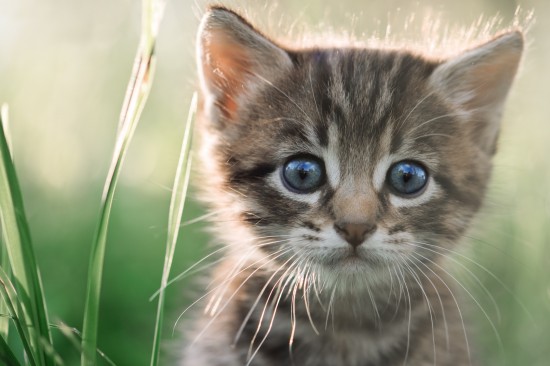 Kitten Emergencies - Signs To Look Out For
Kitten Emergencie
Kitten Emergencies - Signs To Look Out For
Kitten Emergencie
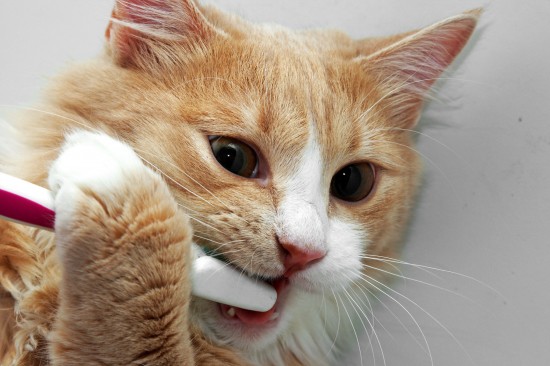 How To Keep Your Cats Teeth Cleaner
How To Keep Your
How To Keep Your Cats Teeth Cleaner
How To Keep Your
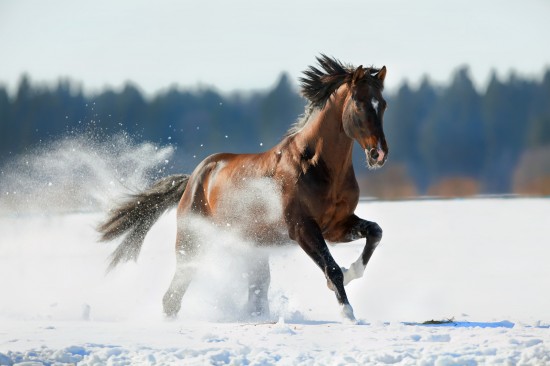 Getting Your Horse Ready For Winter
Getting Your Hors
Getting Your Horse Ready For Winter
Getting Your Hors
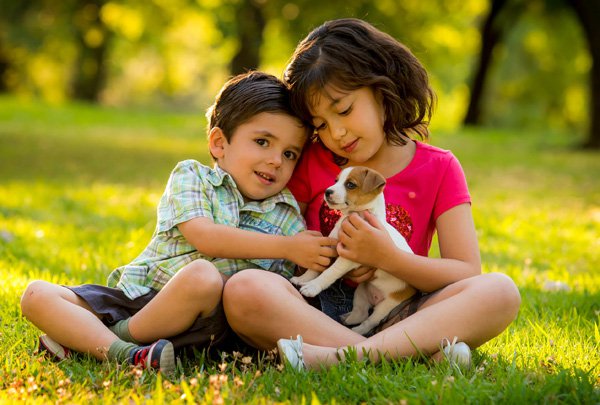 Dog umbrellas and other necessary pet accessories for the summer
Dog umbrellas and other necessary pet accessories for the
Dog umbrellas and other necessary pet accessories for the summer
Dog umbrellas and other necessary pet accessories for the
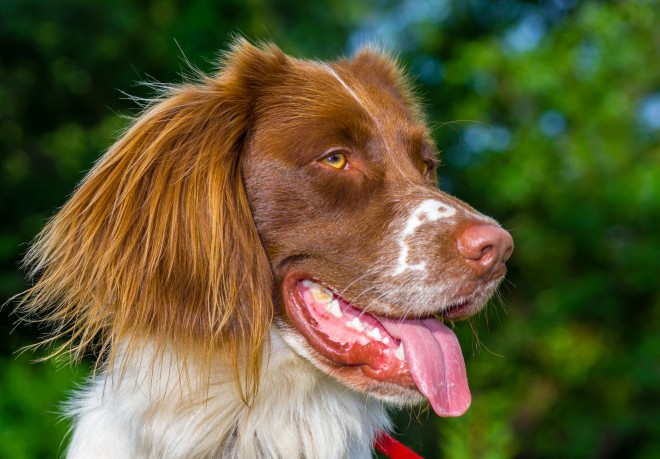 Which Breed Of Spaniel Would Suit Your Lifestyle Best
Which Breed Of Sp
Which Breed Of Spaniel Would Suit Your Lifestyle Best
Which Breed Of Sp